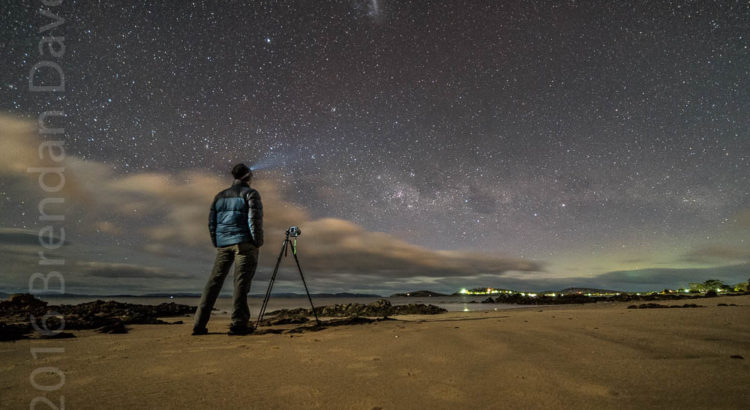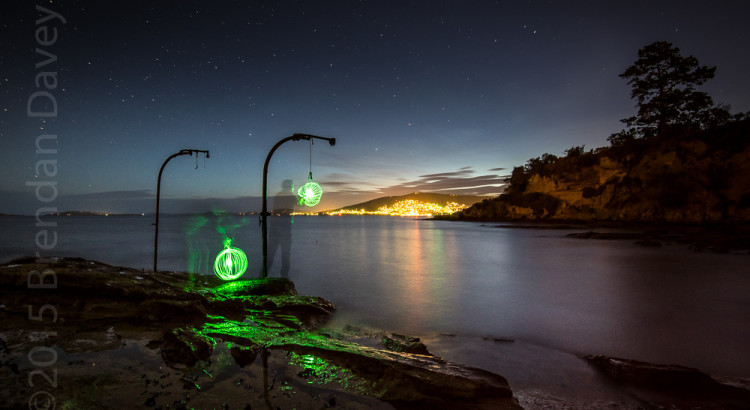A friend of mine recently purchased an S1, so it was time to test. I must say I’m pretty impressed. The low light sensitivity is generally one par with the Nikon Z6 for what most would consider “Sport” low light photography. Even Dx0 only shows a 4 point (0.011%) improvement on the Z6. Depending on the body you get it could easily fall either way.
So whats so impressive about this camera I hear you say? well, when you start to push this camera to exposures in excess of 1 second at ISO 3200 something very interesting starts to happen. The S1 does not seem to deteriorate any where near as quickly as the competition. At 300 seconds the noise is only slightly worse than the Z6 is at 30 seconds.
The S1 at 300 seconds performs better than the Canon RP at 1 second. Ouch, thats got to hurt Canon. Panasonic have clearly overshot the moon with their new Venus Engine processor and sensor.

The noise profile looks to be “normal”, and I does not look like there is any aggressive NR filtering being performed before additional “in menu” options are enabled, unlike some some cameras like Fuji and Olympus. It would be great to see some real world shots, preferably of stars etc. Even the Sony A7 series is know to eat a few stars.
If you are after possibly the best low light camera at around 24MP this could possibly be it. I’d personally wait to see some astro pictures from this camera, and see what the astrophotographers say. If it’s not eating stars or not very aggressively Panasonic have a real winner here, at least from a long exposure point of view.
I’m very keen to get my hands on a S1R now, as this could be a real cat amongst the pidgins in the 45MP+ range.
If you would like to compare the S1 to more models, or learn more about the sensor database click here.
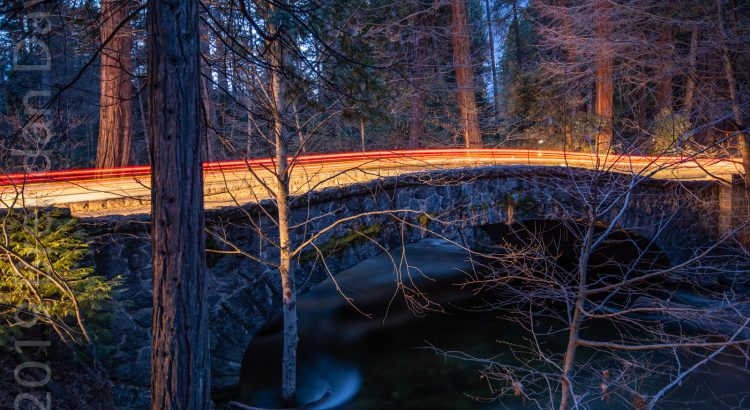
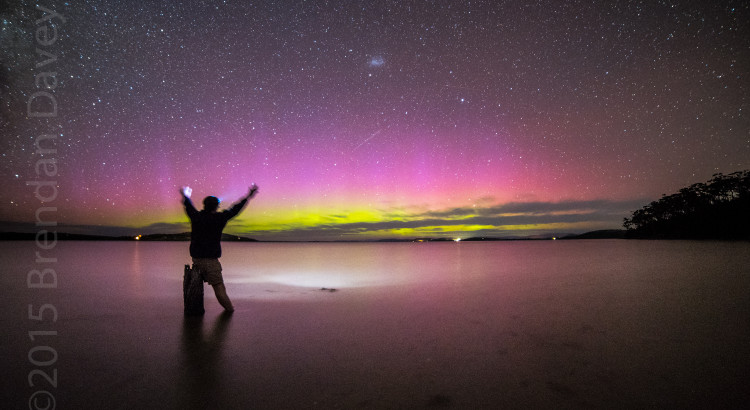
 Then a few weeks ago the chatter started across various tog sites, rumours so wonderful they seemed to good to be true. The new 14mm was indeed going to be FF. At this point I like many others were hanging out on the edge of their seat, waiting for an official press release. Had Sigma done the impossible? Well it appeared they had when the offical word was given from Sigma. Since then specifications have been released, as well as sample pictures.
Then a few weeks ago the chatter started across various tog sites, rumours so wonderful they seemed to good to be true. The new 14mm was indeed going to be FF. At this point I like many others were hanging out on the edge of their seat, waiting for an official press release. Had Sigma done the impossible? Well it appeared they had when the offical word was given from Sigma. Since then specifications have been released, as well as sample pictures.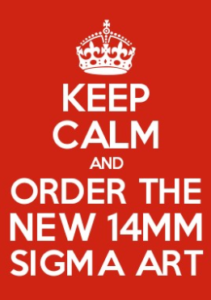 However, the story is not over. Possibly the most important piece of information is missing. How much is it going to cost? Surely bending the laws of physics and light comes at a cost? Now we wait, stuck in a holding pattern until Sigma release offical pricing. Oh course it does not stop people of speculating, so far I’ve seen people quote the lens as cheap as $800, and as much as $3000. Oh course I know a few people who are familiar with Sigma pricing, and they believe it should be around the $1500 mark (AUD).
However, the story is not over. Possibly the most important piece of information is missing. How much is it going to cost? Surely bending the laws of physics and light comes at a cost? Now we wait, stuck in a holding pattern until Sigma release offical pricing. Oh course it does not stop people of speculating, so far I’ve seen people quote the lens as cheap as $800, and as much as $3000. Oh course I know a few people who are familiar with Sigma pricing, and they believe it should be around the $1500 mark (AUD).